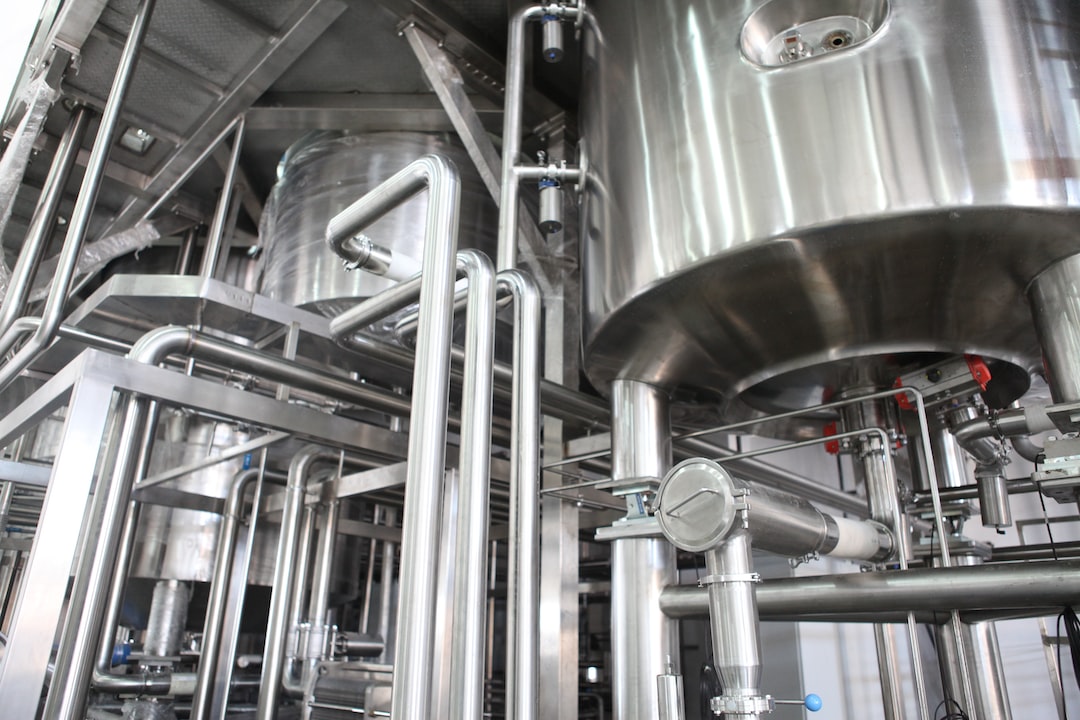Creativity is often associated with artists and creative thinkers, but in reality, it plays a crucial role in driving innovation in production across industries. Whether it is manufacturing, technology, or even agriculture, creativity is a catalyst for transforming ideas into practical solutions that revolutionize the way we produce goods and deliver services.
Innovation in production refers to the process of finding new and improved ways of manufacturing products or delivering services. It involves thinking outside the box and challenging traditional methods to increase efficiency, reduce costs, and enhance overall quality. However, innovation is not possible without the fuel of creativity.
Creativity fuels innovation by encouraging individuals to think differently, experiment, and take risks. It is the spark that ignites the process of problem-solving and enables us to discover novel approaches and ideas that can be applied in various aspects of production. Creativity allows us to question the status quo and encourages us to explore uncharted territories, resulting in breakthroughs that transform industries.
One example of creativity driving innovation in production is Additive Manufacturing, more commonly known as 3D printing. This technology has completely revolutionized the manufacturing process by allowing the creation of complex and customized objects using layer-by-layer construction. The advent of 3D printing was possible due to the creative thinking and out-of-the-box mindset of individuals who challenged conventional manufacturing methods. Today, industries like aerospace, healthcare, and automotive are benefiting from 3D printing’s ability to create parts with increased efficiency and reduced waste.
Moreover, creativity plays a vital role in enhancing the consumer experience. In today’s competitive market, companies need to continuously innovate to meet customer demands and expectations. Creative thinking helps companies design products that are not only functional but also aesthetically appealing. Sleek and stylish product designs often capture consumers’ attention and generate a sense of excitement, leading to increased demand and market success.
Furthermore, creativity is not limited to product design; it also comes into play in process optimizations. Businesses constantly strive to find ways to streamline their production processes to improve efficiency and reduce costs. By encouraging employees to think creatively, companies can identify bottlenecks and implement innovative solutions to optimize operations. This could include automation, implementing new technologies, or redesigning workflows. Creative problem-solving is often the key to uncovering these solutions and driving process innovation.
Creativity is also critical in fostering a culture of innovation within an organization. Companies that encourage and embrace creativity among their employees tend to be more successful in driving innovation in production. When employees are empowered to think creatively and are provided with a supportive environment, they feel motivated to contribute new ideas and take ownership of the innovation process. This leads to a continuous flow of innovative ideas that can propel a company ahead of its competitors.
In conclusion, creativity plays a pivotal role in driving innovation in production across industries. It fuels the process by encouraging individuals to think differently, experiment, and take risks. The examples of 3D printing, product design, process optimization, and building an innovative culture highlight the significant impact creativity can have on production and the overall success of a business. Therefore, it is crucial for companies to nurture and harness creativity as a strategic tool for driving innovation and staying ahead in a rapidly evolving market.
